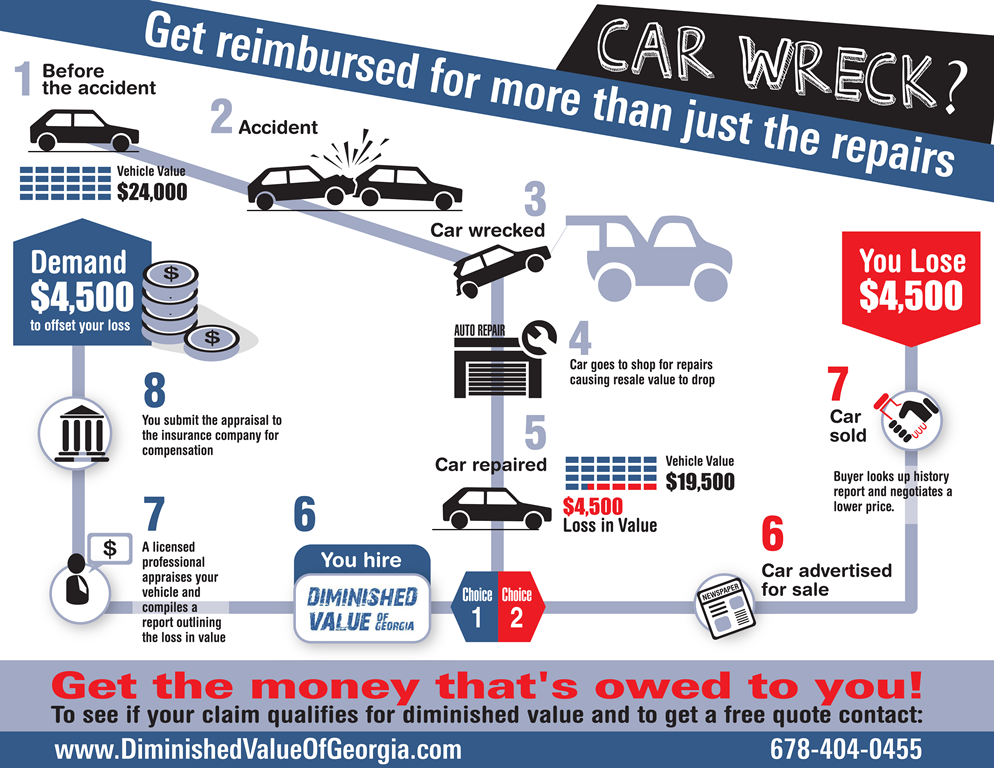Open Up The Hood To Identify Usual Brake System Difficulties And Their Treatments
Open Up The Hood To Identify Usual Brake System Difficulties And Their Treatments
Blog Article
https://emilianowrmga.myparisblog.com/31706382/exploring-the-genuine-interpretation-of-your-car-s-caution-lighting Create By-Erickson Dean
When it comes to your automobile's brake system, recognizing usual issues can conserve you from prospective security risks. From determining brake pad wear to resolving brake fluid leakages, knowing exactly how to deal with these problems is necessary. But what about those spongy brake pedals? There's a repair for that too. Stay tuned for more information about these issues and the functional services that can keep you securely on the road.
Brake Pad Wear and Substitute
When it pertains to maintaining your car's brake system, one critical facet to keep an eye on is the wear and substitute of brake pads. Brake pads are necessary elements that press versus the brake rotors to slow down or stop your automobile. With time, these pads wear down because of friction, requiring routine assessment and substitute to ensure your brakes operate successfully.
To figure out if your brake pads require replacement, pay attention for shrilling or grinding sounds when you apply the brakes. Furthermore, if your car takes longer to quit or you see vibrations or pulsations when braking, it may be time to change the brake pads.
Overlooking used brake pads can bring about reduced stopping performance, damages to various other brake elements, or even brake failure.
Changing brake pads is a reasonably simple process for lots of vehicles. Nevertheless, if you're unclear or awkward performing this job, it's best to speak with an expert mechanic to make certain correct installment and ideal brake performance.
On a regular basis examining and changing brake pads is crucial for your safety and security and the durability of your car's braking system.
Brake Fluid Leaks and Maintenance
To guarantee your car's brake system operates ideally, it's important to likewise focus on brake liquid leaks and maintenance. performance chip tuning is essential for transmitting the force from your foot on the brake pedal to the actual braking mechanism. One usual problem with brake liquid is leaks, which can occur as a result of worn-out brake lines, seals, or connections. If you observe a pool or trickles under your vehicle, it's important to address the leakage immediately to prevent a possible brake failure.
Consistently checking your brake liquid level is essential to keeping your brake system. Reduced brake fluid can lead to air getting in the brake lines, which compromises braking efficiency.
In addition, old or contaminated brake liquid can influence the overall efficiency of your brakes. It's suggested to adhere to the supplier's standards on when to change the brake fluid, generally every 2 years.
Spongy Brake Pedal: Blood Loss Brakes
If you have actually ever experienced a spongy brake pedal while driving, you recognize the significance of preserving a company and responsive stopping system. One common source of a spongy brake pedal is air trapped in the brake lines. When air enters the brake system, it can result in a loss of hydraulic stress, resulting in that upsetting mushy sensation when you push the brake pedal.
To resolve this problem, hemorrhaging the brakes is needed. Bleeding the brakes entails getting rid of the air from the brake lines to bring back correct hydraulic pressure.
To bleed the brakes, you'll need an assistant to assist you. Beginning by locating the brake bleeder shutoff on each wheel, generally located near the brake caliper. With https://calmatters.org/environment/2022/05/california-electric-cars-mechanics-jobs/ , loosen up the shutoff and have your helper press the brake pedal while you observe any kind of air bubbles appearing. Repeat this process for every wheel, starting from the wheel farthest from the master cyndrical tube and moving better.
As soon as you no more see air bubbles and only clear liquid arises, tighten up the valve and top up the brake fluid tank as required. Bleeding the brakes aids ensure a company brake pedal and improves overall stopping efficiency.
Conclusion
Now that you understand typical brake problems and exactly how to fix them, you can guarantee your vehicle's security and efficiency. Bear in mind to pay attention for warning signs like shrilling noises or spongy brake pedals, and address them quickly. Routine upkeep and prompt replacements are essential to keeping your brakes in top problem. Keep proactive and mindful to your brake system to enjoy safe and dependable driving experiences.
